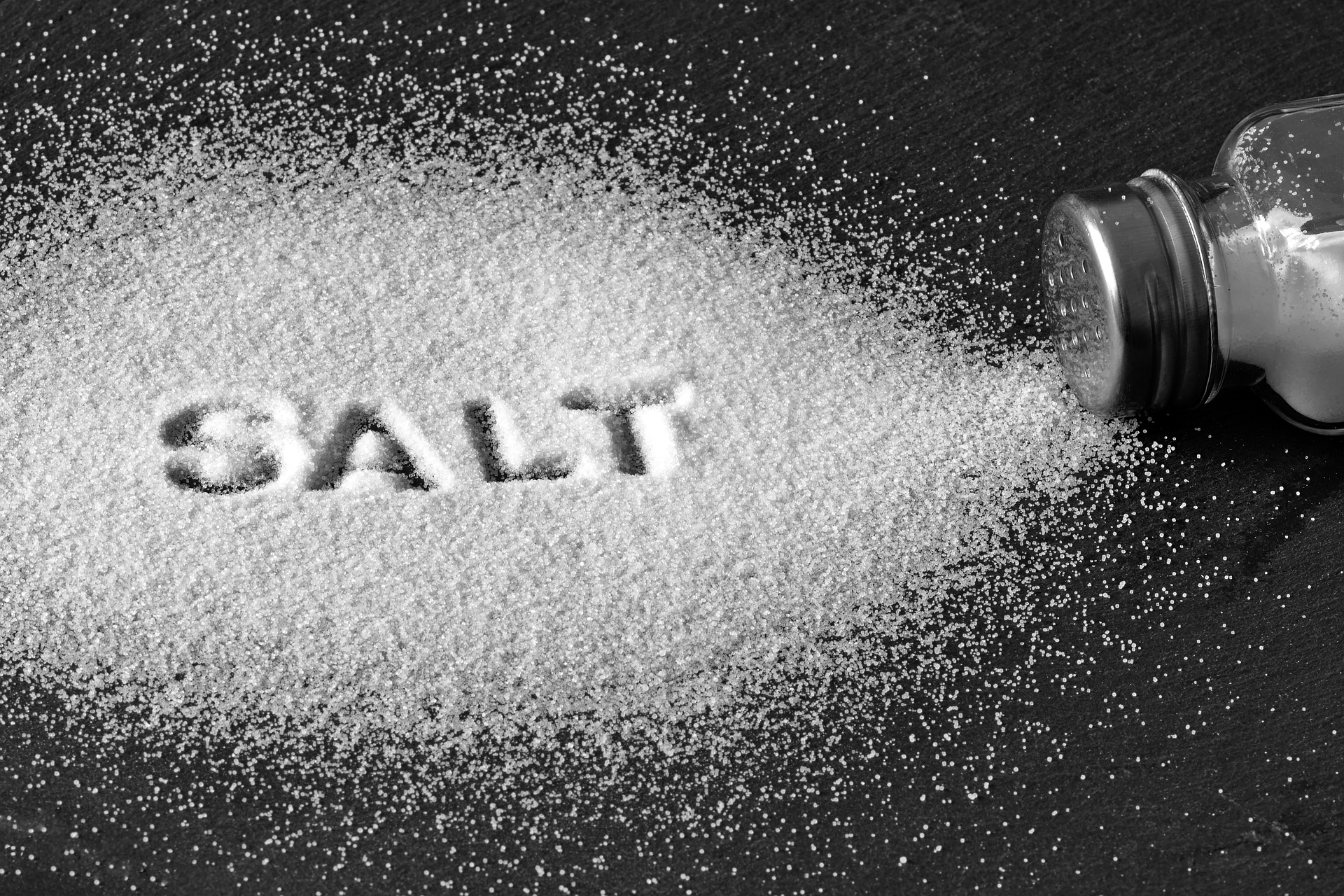Vitamin D deficiency contributes to almost every single disease inflicted on humankind, from depression to cancer, from hypertension to obesity, and from infectious diseases to dementia. Vitamin D for health is as crucial as oil for our cars with a combustion engine. Yet, despite all the advances in medicine, to date, the optimal vitamin D level for overall health is still confusing and controversial.
A large part of the medical establishment such as the IOM (Institute of Medicine) and NIH (National Institutes of Health) still insists the outdated recommendation of vitamin D level (20 ng/mL) is sufficient, and the USPSTF (US Preventive Services Task Force) has come to an erroneous conclusion that screening for vitamin D deficiency offers no health benefits. Apparently, the experts from these organizations who write health policies and guidelines are either grossly incompetent or have an ulterior motive – there are no other logical explanations for their action. Either way, their action causes immeasurable human suffering around the world and at the same time enriches big pharma.
- Vitamin D in fact is a hormone rather than a vitamin. Except for thyroid hormone, vitamin D is the only hormone having receptors in each of the 36 trillion cells in the human body – all the cells in our body need vitamin D.
- Studies have clearly shown the optimal serum vitamin D range is 40-60 ng/mL. Any claim that “20 ng/mL is sufficient or higher than 50 ng/mL is harmful” is patently misleading.
- The latest data from NHANES (National Health and Nutrition Examination Surveys) published in 2022 shows nearly two-thirds of the US population with their vitamin D level below 30 ng/mL.
- The vitamin D level is even lower for the elderly, institutionalized patients, or those with serious health issues.
- Normally, only about 10% of the vitamin D in our body is from food, and the rest 90% is from the sun. But nowadays most of us spend too little time in the sun thanks to the industrial revolution earlier and information revolution lately.
The bottom line: No matter how well you eat, you do not get much vitamin D from food. The optimal vitamin D level is between 40 and 60 ng/mL. No guesswork is needed – ask your doctor to have your vitamin D level checked. If it is not in the optimal range, spend more time in the sun, which may have other health benefits in addition to producing vitamin D. If sunbathing is not an option, take vitamin D supplements – an average person needs to take anywhere between 2000 and 5000 IU vitamin D daily to reach the optimal level.










Leave a Reply